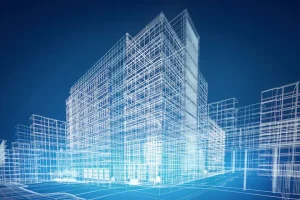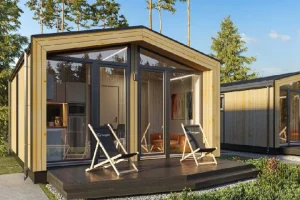All of us, are aware of the high importance of historical Iranian buildings. We know that the existence of these buildings in our country is effective in improving our cultural level. Iranian architecture is one of the rich architectures of the world, which has been admired by the world. This architecture was formed by combining art, culture, and the climate of Iran and has unique features. One of the most important and influential elements in Iranian architecture is wood. Wood has been used in Iran for a long time and has played an important role in the formation of Iranian architecture. Of course, the use of wood is not limited to exterior architecture, and various parts of interior decoration and its components, such as thermal wall, TV wall, etc., can be made of wood. Today, in this article, we are going to examine the role of wood in Iranian architecture.
Iranian architecture
Iranian architecture has unique features that distinguish it from other architectures in the world. Among these features, the following can be mentioned:
- Use of natural and local materials
- Attention to climatic principles
- Combining art and architecture
- Use of religious and cultural symbols
Iranian architecture has undergone changes throughout history, but it has always maintained its main characteristics. This architecture has appeared in different forms in different historical periods, including the Achaemenid, Sassanid, Islamic, Qajar, and Pahlavi periods. Iranian architectural style, with its special and unique features, has been able to play a high role in creating attractive styles that are widely used today. Styles such as classic and royal style. Therefore, this style can be considered a model for the world.
Original elements of Iranian architecture
Authentic Iranian architecture consists of various elements, among which the following can be mentioned:
arches
Arches are one of the most important elements of Iranian architecture, which are used in different types such as cross arch, crescent arch, and hammered arch. In fact, this element can be considered as one of the elements that represents the style of Iranian architecture.
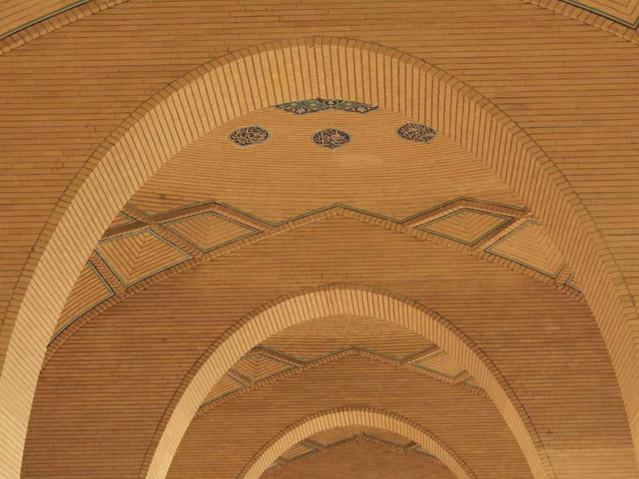
columns
Columns are also important elements of Iranian architecture, which are used in different types such as simple columns, maqransi columns, and carved columns. In Iranian architecture, it has always been tried to increase the magnificence of the columns as much as possible.
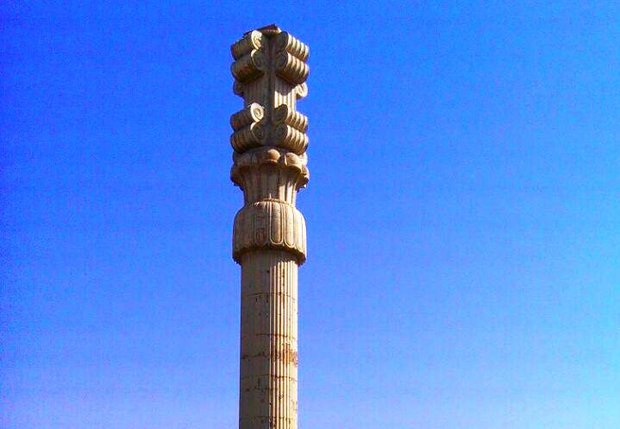

Moqrans
Moqrans are brick or plaster decorations that are used in different forms such as simple moqrans, screw moqrans, and network moqrans. These beautiful plastering are the result of the artistry of designers, architects and professors who have years of experience in their hands.

Plastering
Embellishments are also plaster decorations that are used in various forms such as plain emblazoned, lattice emblazoned, and star emblazoned. In the construction and creation of these elements, one should pay a lot of attention to the climatic conditions of the region and use special patterns to create them.
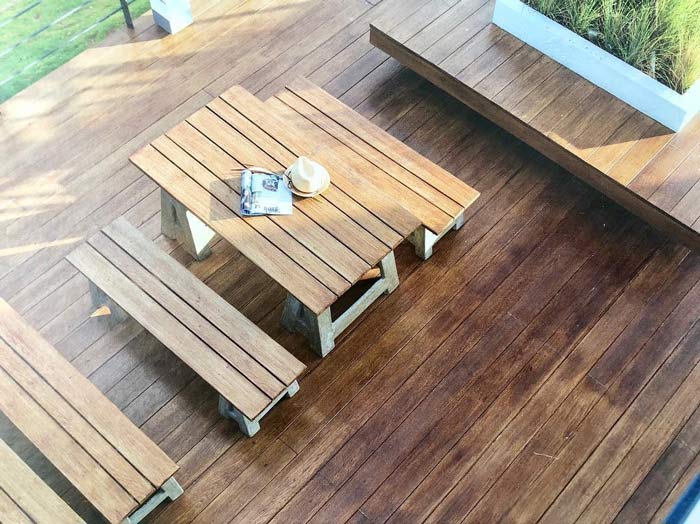
Decorations
Decorations are also important elements of Iranian architecture, which are used in different ways such as painting, sculpture, and tiling. Iranian architectural style, as one of the mother styles that is included in the category of classical styles, needs to see various accessories for decorations.

The role of wood in Iranian architecture
Wood has been used in Iranian architecture for a long time. This natural material has been of special importance in Iranian architecture due to its unique characteristics, such as resistance, strength, and beauty. Wood has been used in various applications in Iranian architecture. Among these applications, we can refer to the use of wood in creating structures such as arches and columns. He also mentioned this element in making many decorations such as doors, windows, various wall coverings, etc. Also, wood is widely used in interior decoration. Many elements such as acoustic wall coverings, parquet floors, thermowalls and TV walls are all made of wood. All this is because natural wood can create a good atmosphere due to the sense of life and freshness it gives off.
Advantages of using wood in Iranian architecture
The use of wood in Iranian architecture has various advantages. Among these advantages, the following can be mentioned:
Wood is a strong and durable material that can withstand environmental factors such as moisture, heat, and cold.
Wood is a strong and durable material that can withstand high weight. Of course, it is also important what kind of wood you use. Cherry, walnut and oak trees are usually used in the decoration industry.
This element is a beautiful and natural material that can contribute to the beauty of buildings and their interior decoration.
This beautiful product is a heat-giving material that can help create a warm and pleasant atmosphere in buildings.
Use of wood in decoration
Wood has various uses in the interior decoration of buildings. Among these applications, the following can be mentioned:
Furniture
Wood is one of the most popular materials for making furniture. Wood can be used to make all kinds of furniture, such as comfortable furniture, classic furniture, and modern furniture.
Floor coverings
Wood is one of the most beautiful and warm materials for making floors. Wood can be used to make various types of flooring, such as parquet, laminate, and natural wood flooring.
Walls
Wood can be used in building interior walls. Wood can be used in wall decoration in many ways, such as using wood as wall panels, using wood as wallpaper, and using wood as wall decorative elements.
the ceilings
Wood can be used in building roofs. Wood can be used in the decoration of ceilings in different ways, such as using wood as a false ceiling, virtual sky, using wood as ceiling beams, and using wood as decorative elements of the ceiling.
Decorations
Wood can be used in the interior decoration of buildings. Wood can be used in various ways in the interior decoration of buildings, such as using wood as photo frames, using wood as mirrors, and using wood as decorative items.
How to protect wood in Iranian architecture and decoration
Wood is a natural material that is vulnerable to environmental factors such as moisture, heat, and cold. Therefore, it is necessary to properly protect wood in architecture and decoration. Among the methods of protecting wood in architecture and decoration, the following can be mentioned:
- Use of waterproof materials
- Use of fire retardant materials
- Use of sunscreen
- Wood coloring
Observing these things will increase the life of the wood you use.
Thanks for sticking with us until the end. You saw that in this article we discussed the role of wood in Iranian architecture. Also, for more information, we checked the role of this lovely element in interior decoration. We said that wood has played an important role in Iranian architecture for a long time. This natural material has been of special importance in Iranian architecture due to its unique characteristics, such as resistance, strength, and beauty. The use of wood in architecture and decoration has various advantages. Among these advantages, we can mention the resistance, strength, beauty, and warmth of wood. Considering the advantages of using wood, this natural material can be considered as a suitable construction and decorative material. As a specialist in interior decoration design and a specialized producer of acoustic panels, Ohaddeco Group is ready to start working with you dear ones. contact us.

